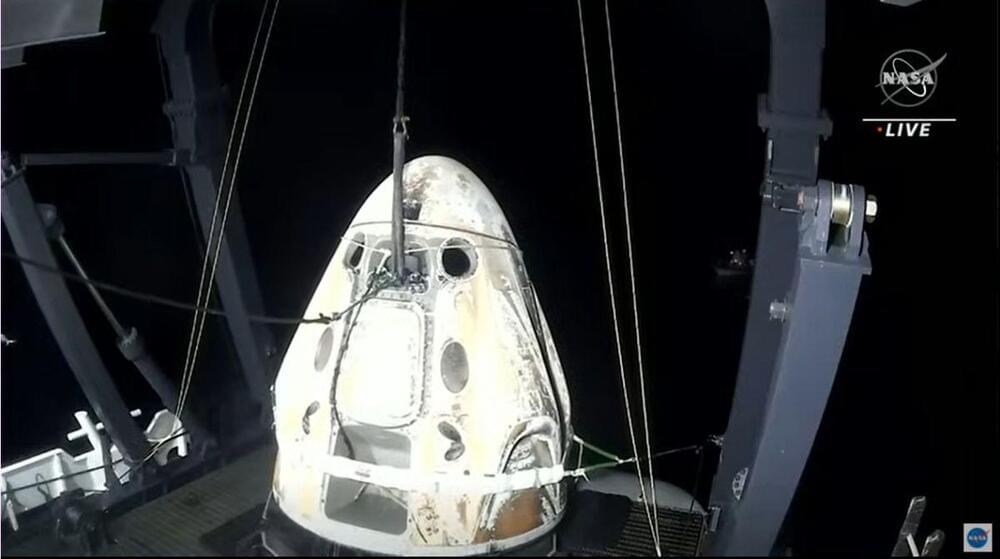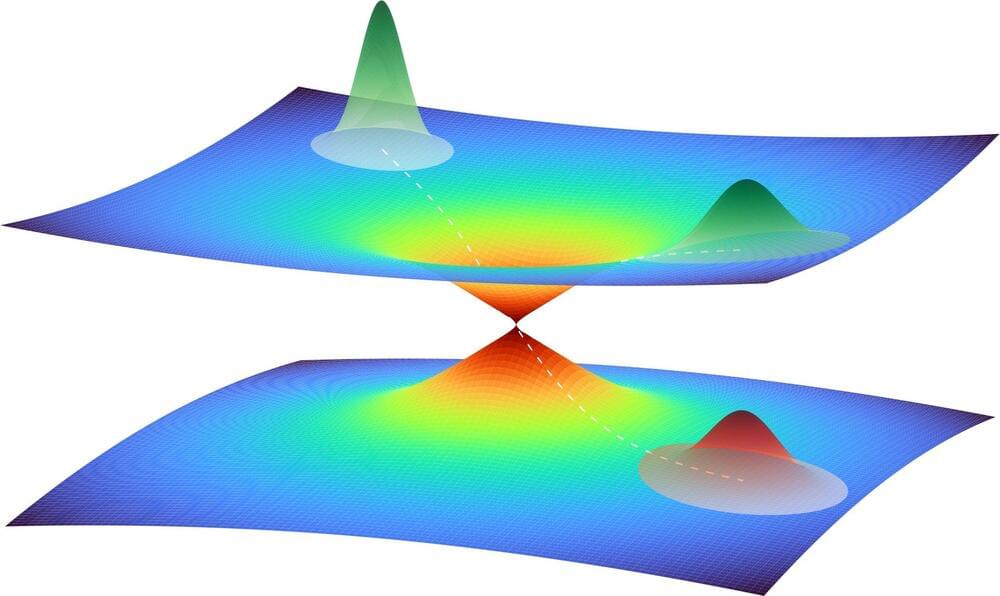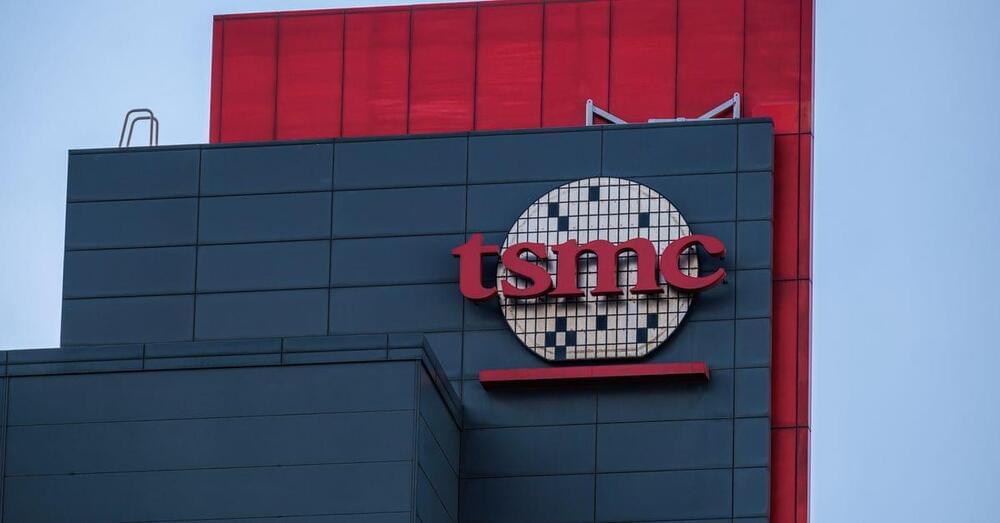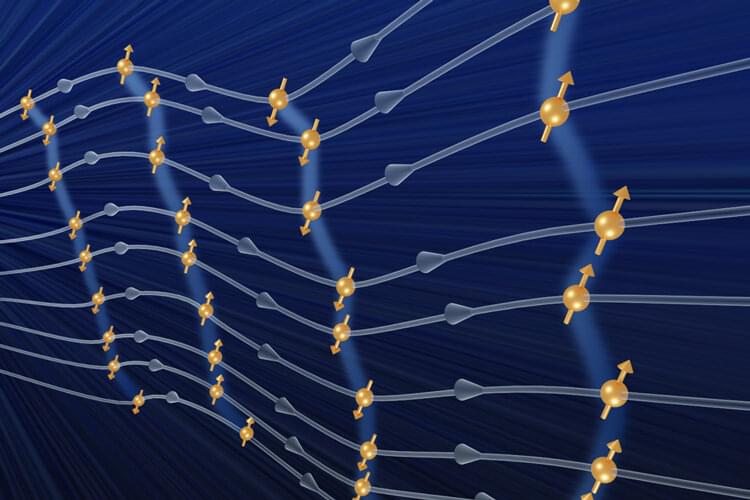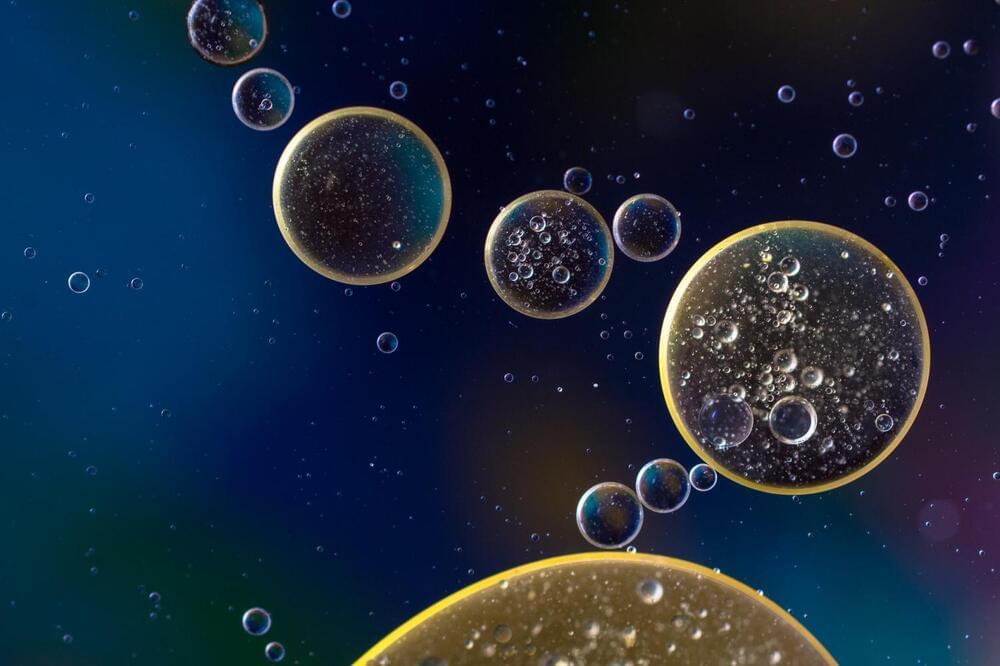The four Crew-2 astronauts returned to Earth after 199 days in space.
CAPE CANAVERAL, Fla. — After six months in space, SpaceX’s Crew-2 astronauts returned to Earth late Monday (Nov. 8), splashing down off the Florida coast to end the private company’s second long-duration mission.
SpaceX’s Crew-2 mission for NASA splashed down safely in the Gulf of Mexico just south of Pensacola, Florida, at 10:33 p.m. EST (0333 GMT on Nov. 9), with a recovery ship swiftly retrieving the spaceflyers’ Crew Dragon capsule from the sea. Their return wrapped up a six-month trip to the International Space Station (ISS).
